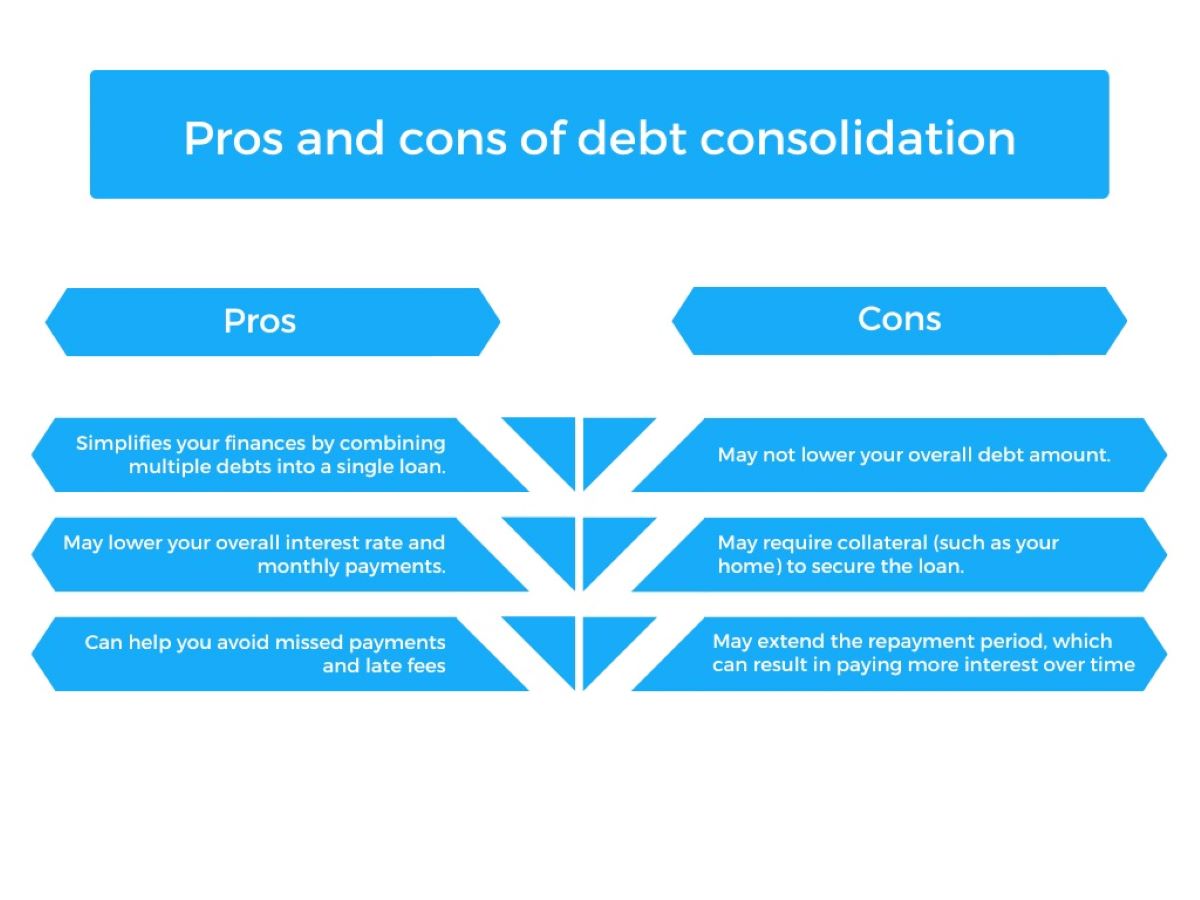Home>Finance>Vendor Financing: Definition, How It Works, Pros, And Cons


Finance
Vendor Financing: Definition, How It Works, Pros, And Cons
Published: February 16, 2024
Learn about vendor financing and how it works in this comprehensive guide. Explore the pros and cons of this finance option to make an informed decision.
(Many of the links in this article redirect to a specific reviewed product. Your purchase of these products through affiliate links helps to generate commission for LiveWell, at no extra cost. Learn more)
Vendor Financing: Definition, How It Works, Pros, and Cons
When it comes to managing your finances, exploring alternative options can be a game-changer. One such option is vendor financing. In this blog post, we will dive into the world of vendor financing, exploring its definition, how it works, as well as its pros and cons. Whether you’re a business owner looking for funding or a potential vendor finance customer, this guide will help you understand this financial tool and make an informed decision. So, let’s get started!
Key Takeaways:
- Vendor financing provides a way for businesses to obtain goods or services on credit directly from their vendors.
- Vendors play the role of lenders, offering financing arrangements with flexible repayment terms.
What is Vendor Financing?
Vendor financing, also known as supplier financing or trade credit, is a financial arrangement where vendors extend credit to their customers to purchase goods or services. Rather than obtaining a traditional loan from a bank or other financial institution, businesses can finance their purchases directly from the vendor.
The process involves the vendor acting as a lender, allowing customers to defer payment for a specified period of time. This arrangement can be particularly attractive for businesses that may not qualify for traditional financing or prefer to finance their purchases directly from their vendors.
How Does Vendor Financing Work?
Vendor financing involves a simple process that typically includes the following steps:
- Agreement: The buyer and the vendor agree on the terms and conditions of the financing arrangement, including the amount to be financed, the repayment period, and any applicable interest rates.
- Purchase: The buyer purchases the goods or services from the vendor using the vendor’s credit.
- Payment: The buyer makes payments to the vendor according to the agreed-upon repayment schedule.
Often, the repayment terms are flexible and can be tailored to the buyer’s specific needs. This can provide businesses with valuable flexibility when managing their cash flow and working capital.
Pros of Vendor Financing:
- Access to Goods and Services: Vendor financing enables businesses to acquire the goods and services they need without relying on traditional loans or depleting their cash reserves.
- Flexible Terms: Vendors often offer flexible repayment terms, allowing businesses to align their payments with revenue generation and easing the pressure on their cash flow.
- Streamlined Process: Unlike traditional financing options, vendor financing often involves a simpler and faster approval process, making it an attractive alternative for businesses in need of quick funding.
Cons of Vendor Financing:
- Higher Costs: Vendor financing may come with higher interest rates or fees compared to traditional financing options, potentially increasing the overall cost of purchasing goods or services.
- Dependency: Relying heavily on vendor financing may lead to a dependency on specific vendors, limiting the flexibility and freedom to explore other options or negotiate favorable terms.
Every business situation is unique, so it’s essential to carefully evaluate the pros and cons before deciding on vendor financing. Consider your cash flow, long-term goals, and the impact of the financing arrangement on your business operations.
In conclusion, vendor financing provides an alternative funding option for businesses. It allows them to obtain goods or services on credit directly from their vendors, offering flexibility and streamlining the purchase process. However, it’s crucial to weigh the pros and cons to determine if vendor financing aligns with your business’s specific needs and financial goals.
Remember, when it comes to financing options, thorough research and careful consideration are key to making the right decision for your business.
Have you ever considered vendor financing for your business? Share your thoughts and experiences in the comments below!














